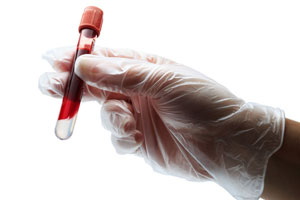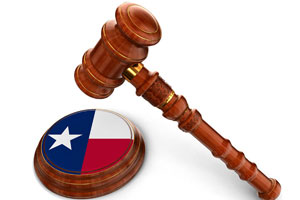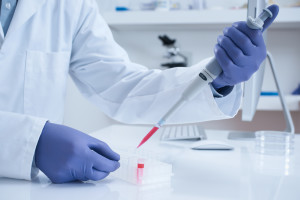Former ESPN employee and current Fox Sports reporter Erin Andrews called expert witnesses to the stand this week in her $75 million stalker video trial. The lawsuit filed against her convicted stalker and the Nashville hotel where she was staying alleges the violation of her privacy caused her severe emotional distress and damaged her professional image as a sports reporter.
Erin Andrews Files $75 Million Lawsuit over Stalker Filmed Video
In 2009 Michael Barrett followed then ESPN personality Erin Andrews to her Nashville Mariott hotel, requested a room right next to hers, and filmed the sports media personality through her hotel door peephole. The footage showed a naked Andrews standing in front of a mirror and walking around her room. After filming the video, Barret distributed his footage online, exposing Andrews’s private moment to the entire internet public. In 2010, Barrett was found guilty of stalking and served 2 years in prison.
Erin Andrews, who has since moved from ESPN to Fox Sports, has alleged the stalking incident caused her severe emotional trauma and has influenced her professional reputation as well. She has suffered from depression and sleeplessness, and claims to hear taunts from male fans when she works the sidelines of professional sporting events. Late last year, Andrews finalized a $75 million lawsuit against Barrett and the Nashville Mariott hotel alleging the incident could have been prevented had hotel officials taken the opportunity to either prevent Barrett from accessing her hotel room or notifying her of his presence.
IT Expert Witness Testifies in Erin Andrews Stalker Trial
In order to demonstrate the effect Barrett’s peephole video had on her, Erin Andrews called two expert witnesses to the stand during her lawsuit against the Nashville Mariott and her stalker. First, Andrews called Dr. Bernard Jansen, and IT expert witness, to explain to jurors how pervasive and widespread distribution of the elicit video was during the period immediately after its release on the internet. According to Dr. Jansen, the peephole footage has been viewed by more than 16 million people since its release to the internet in 2009.
Further, Dr. Jansen told the court that during the month of July, 2009 the phrase “Erin Andrews” was the most commonly searched term, and someone watched the footage every 1.5 minutes. Jansen concluded by telling jurors that his estimates were likely conservative because they only accounted for unique searchers, and the actual figures were higher because it is likely that many of those 16 million unique searches were viewed by multiple people.
Therapist Expert Witness Testifies on Behalf of Erin Andrews
Erin Andrews also called to the stand a therapist expert witness who worked directly with the sports personality in the wake of the video’s release. Loren Comstock, who is a licensed social worker and Executive Leadership Coach who has consulted with the Sigma Group for 17 years, took the stand as an expert therapist and career consultant to explain the effect the video had on Andrews’s mental composition. According to Comstock, Andrews was humiliated and distressed, and in a state of severe anxiety due to the widespread distribution of the peephole video.
Comstock told jurors that Andrews “could not get through the day peacefully,” and that she was publically humiliated as a result of the video’s release. Comstock further explained that she diagnosed Andrews with adjustment disorder and noticed some symptoms of PTSD which she said can be “very debilitating” for a person – particularly one with a highly public career and lifestyle. Andrews herself took the stand to drive home the emotional impact of the video’s release, and during her tearful testimony she explained how she suffered from the symptoms which her therapist expert witness had introduced to jurors earlier in the trial.
Erin Andrews’s $75 million lawsuit trial continues this week as the Nashville Mariott argues the stalker Michael Barrett is solely to blame for the intrusive video and its widespread distribution.













